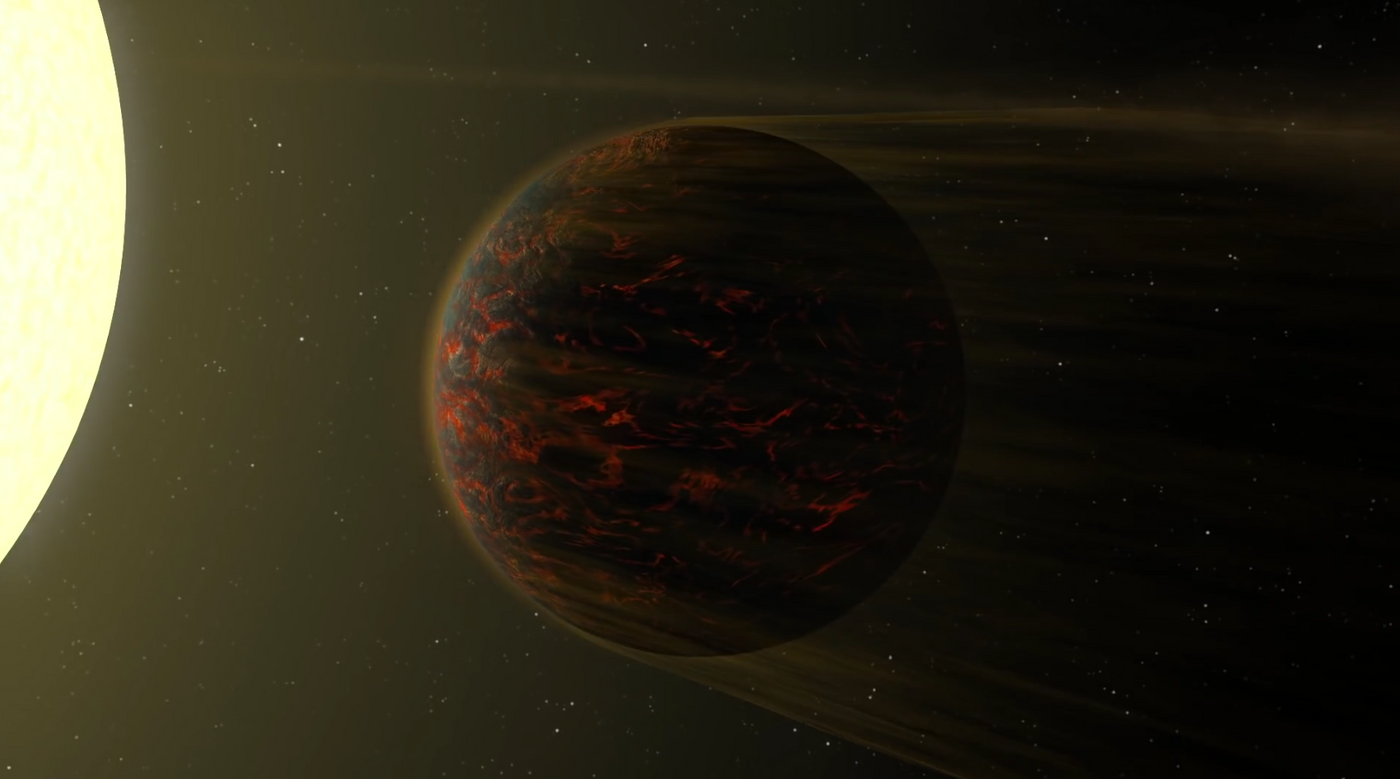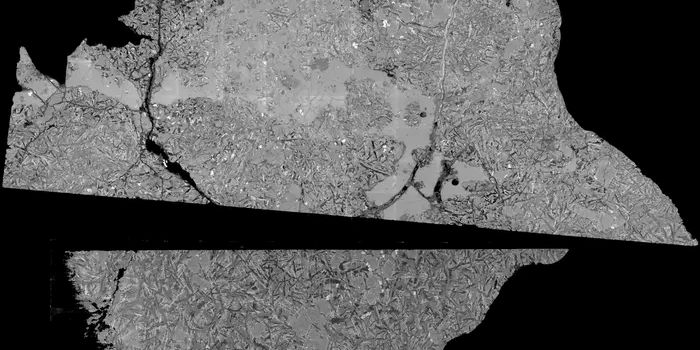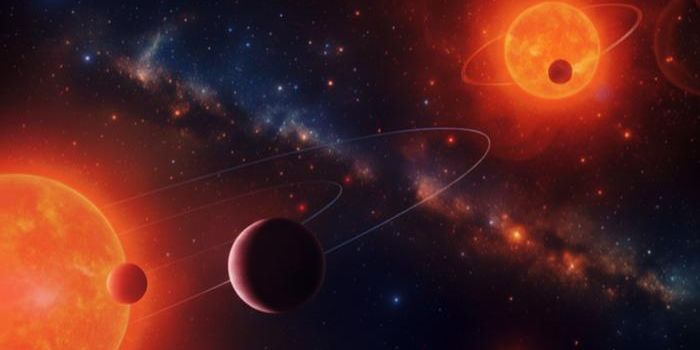Researchers Reveal Most Detailed Map of Distant Molten Exoplanet Yet
Scientists have their eyes on a massive Earth-like exoplanet that was discovered in 2011 called 55 Cancri e in the Cancer constellation almost 40 light years away from Earth. The exoplanet has a very rocky texture to it with tons of molten rock, and it’s so hot that the atmosphere of it may have been evaporated on its own from just the sheer heat alone.
So why is the planet so hot? New mapping details of the exoplanet, which claim to be some of the most detailed yet, might reveal some clues.

Published in Nature, a paper explains the most detailed map of 55 Cancri e to date. The study suggests that the planet is tidally locked to a neighboring star, and as it orbits the star, the same side is always facing it. As a result, that specific side is over twice as hot as the other.
The side that is locked to the neighboring star reportedly gets as hot as 2500º Celsius, while the side that faces away from the star only hits about 1100º Celsius.
To be that hot, you can imagine that the planet orbits its neighboring star very closely, and you’d be right. It orbits so closely that it only takes 18 hours for the planet to complete a full orbit around its parent star. So in this system, 18 hours is the same as a year here on Earth.
“We haven’t yet found any other planet that is this small and orbits so close to its parent star, and is relatively close to us, so 55 Cancri e offers lots of possibilities,” said lead author Dr Brice-Olivier Demor. “We still don’t know exactly what this planet is made of – it’s still a riddle. These results are like adding another brick to the wall, but the exact nature of this planet is still not completely understood.”
But that’s not the strange part; 55 Cancri e actually has heat coming from an underlying source that isn’t its parent star. This is what continues to baffle scientists.
Some theories suggest that the molten lava flows slowly to the cooler side of the exoplanet, but not as efficiently because the rock is mostly solid on the cooler side of the planet. This activity could be propelling some of the heat transfer from the warm side to the cooler side.
Source: University of Cambridge








